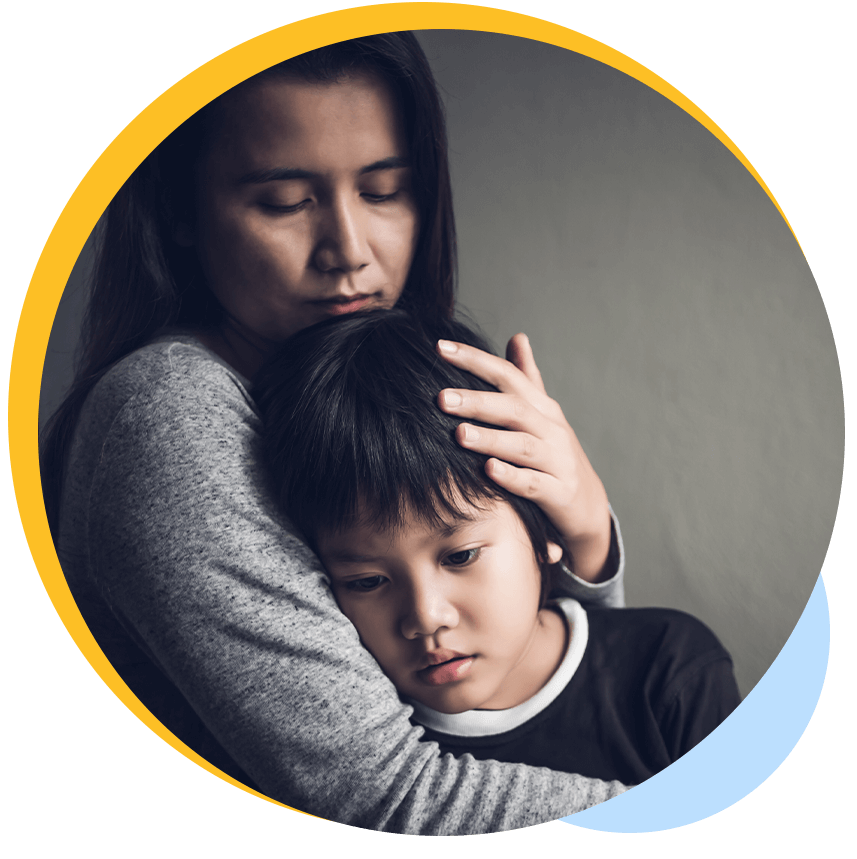Accurate Screening And Assessment
Screening makes sure that no child is overlooked and all are given needed access to care.
Assessment is the gateway to planning and providing appropriate care.
Measuring progress and outcome ensures the highest quality of care.
The UCLA PTSD Index provides for a comprehensive picture of trauma exposure and children’s distress.
BHI measures are used across child serving systems – mental health, pediatrics, schools, child welfare, juvenile justice, disaster recovery programs.

Accurate Screening And Assessment
Screening makes sure that no child is overlooked and all are given needed access to care.
Assessment is the gateway to planning and providing appropriate care.
Measuring progress and outcome ensures the highest quality of care.
The UCLA PTSD Index provides for a comprehensive picture of trauma exposure and children’s distress.
BHI measures are used across child serving systems – mental health, pediatrics, schools, child welfare, juvenile justice, disaster recovery programs.



